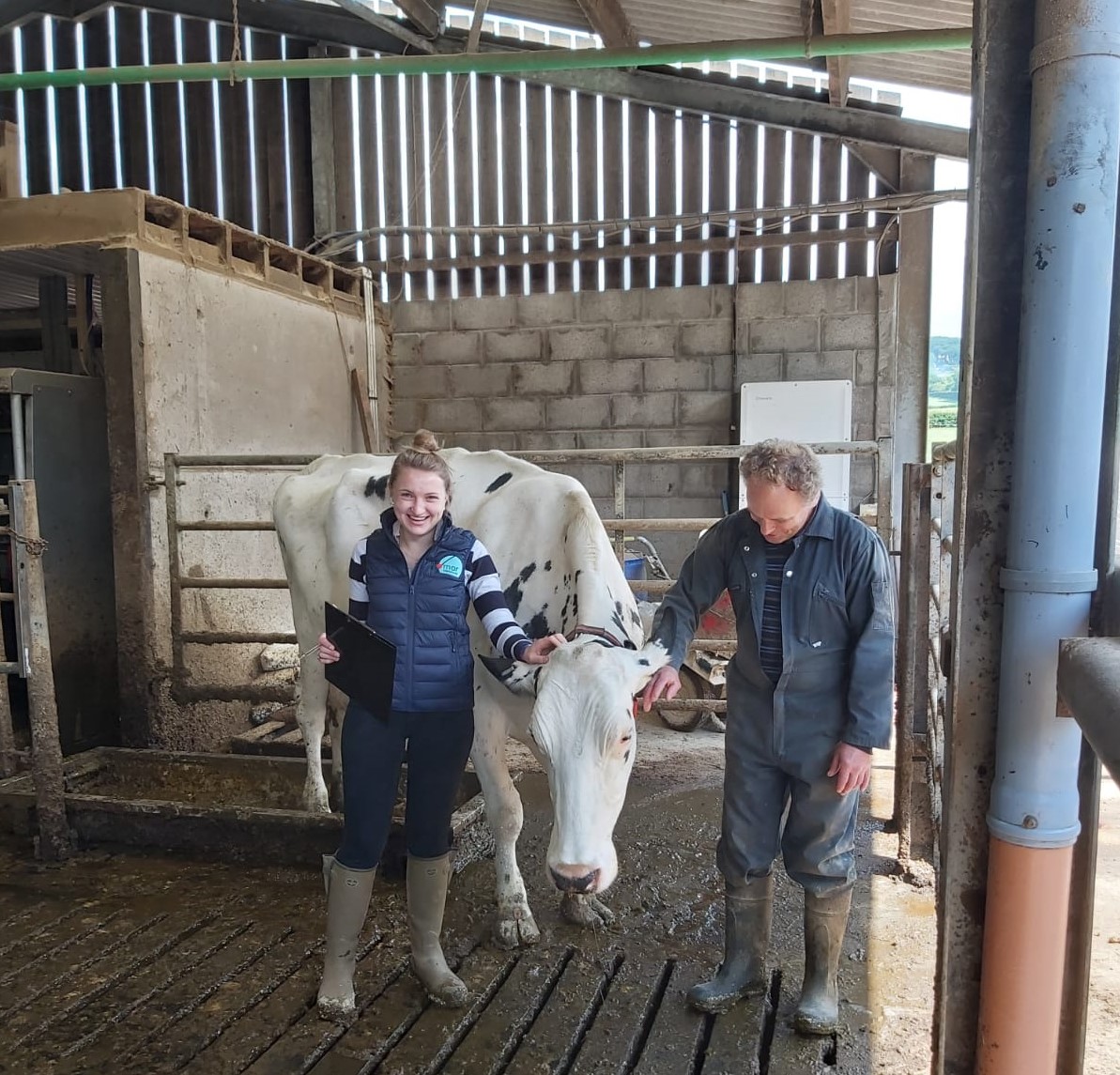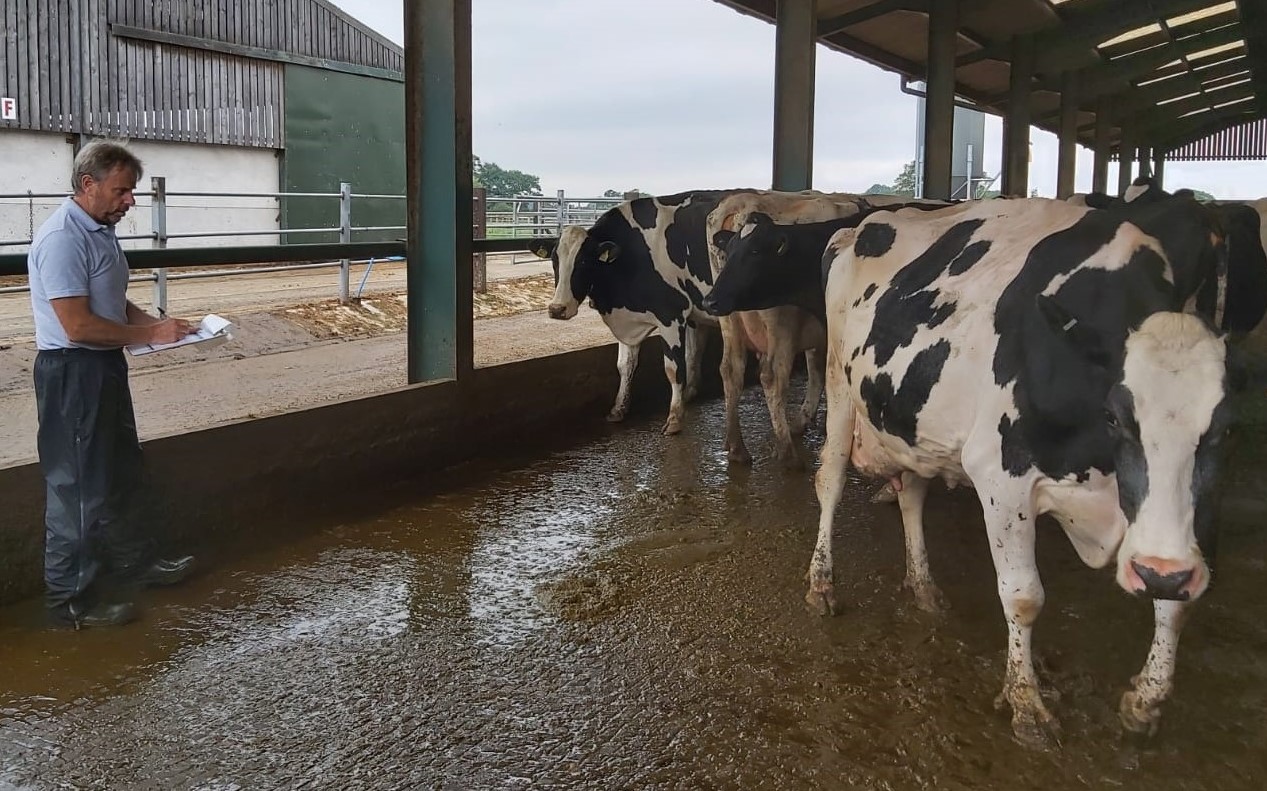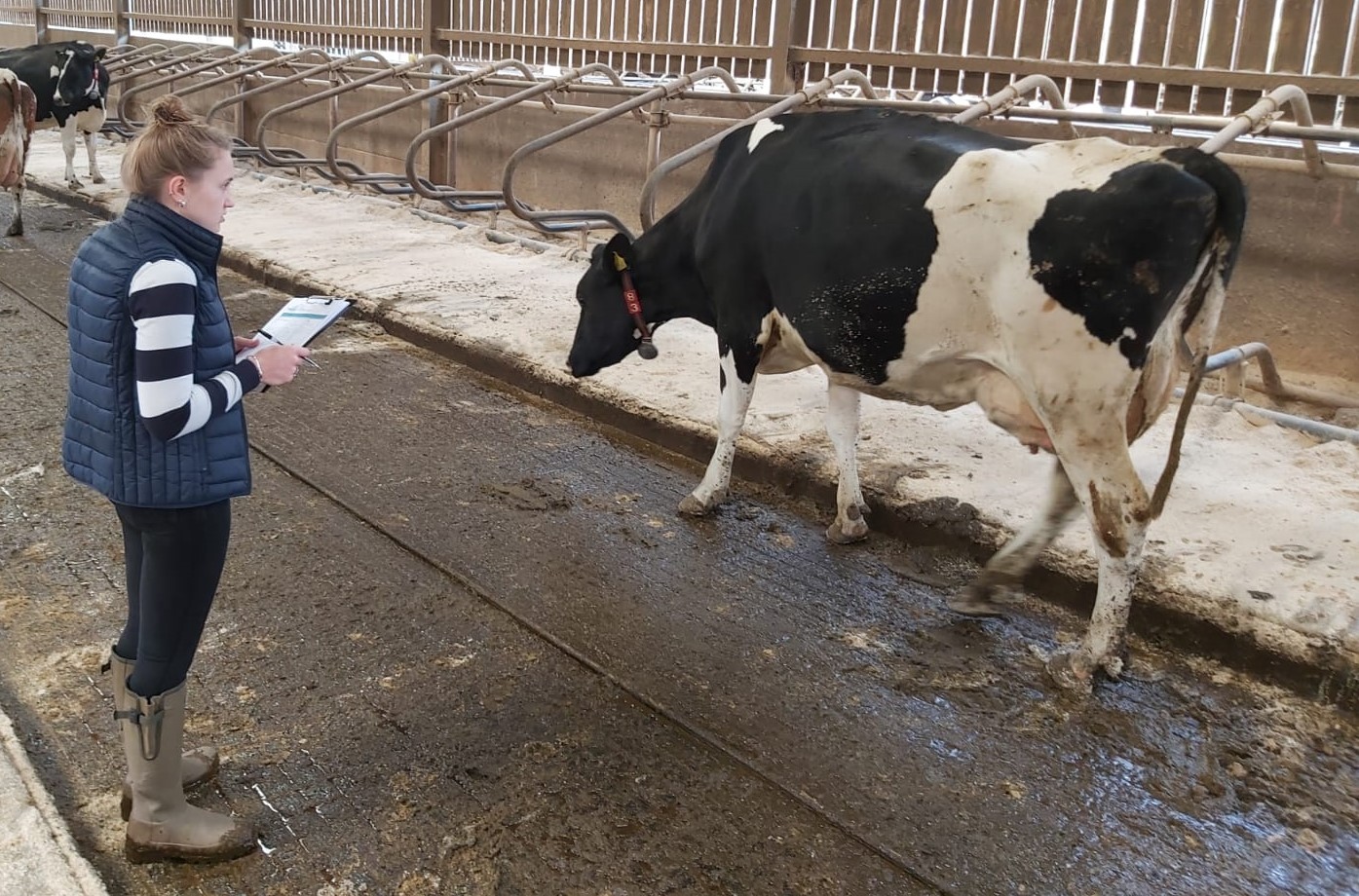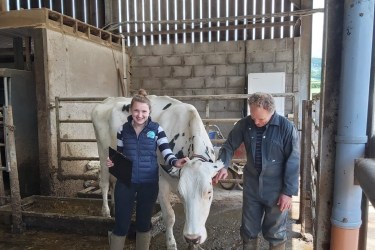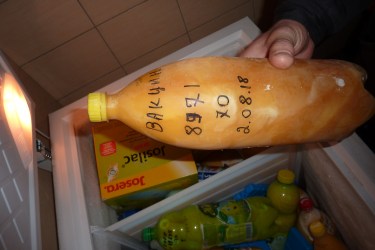By Mark Roue
Lameness in your dairy cattle is detrimental, not only to herd health but to your bottom line as well. With an average case costing £180, it is the third largest cost of income loss after fertility and mastitis. From reduced milk yields to lower reproductive performance, increased involuntary cull rates to additional labour costs, the repercussions of foot disease are huge.
How can you avoid these problems and the cost they bring? Well, one clear option is prevention. There are many factors involved for achieving this, but a major one is mobility scoring.
With most supermarkets and many milk processor contracts requiring mobility scoring every three months, it is integral to lameness investigation. It provides a starting point and an easy way of monitoring mobility in the herd. Ideally, 4-6 weekly mobility scores should be implemented on the farm to notice a change in individual cows quickly and to keep a close eye on how the herd is doing overall.
What do you need to carry out a mobility scoring?
- A well-lit, flat area with a hard, non-slip surface long enough to observe cows walking.
- A suitably trained individual in mobility scoring, preferably independent from the farm.
- Sufficient time to examine results, pull out cows for checking and treating, and monitor prevalence compared to previous scoring windows.
Mobility scoring is a very effective way of assessing the lameness prevalence in your herd, but one that takes time. For a helping hand, it is worth considering a consultant RoMS accredited scorer. Fully trained mobility scorers will go beyond just providing a score for each cow, or a list of cows who are lame. They have the tools and time to provide a full debrief on what might be causing the lameness, including an evaluation of infrastructure and the amount of time a cow spends standing up compared to lying down, and whether this has an impact on lameness.
By carrying out this task with a consultant RoMS accredited scorer, dairy farmers can also have insight into the impact of their feeding programme. Diets pushing uncontrolled starch and promoting acidosis will risk white line, while diets which encourage negative energy in the first 60 days in milk will erode the fat pad in a hoof, leading to internal sole ulcers.
Following on from an evaluation of both the farm and cattle, trained scorers are on hand to provide valuable advice. Advice that will not only lead to an improvement in scores, but in profitability and of course cow health. Establishing what needs to be done to progress is a vital step, as it marks the difference between a mobility score being just a number and being a great indication for positive change.
How can we help?
We have a host of trained, qualified and experienced RoMS accredited scorers. The RoMS is an independent, self-regulatory body developed by AHDB. It encourages the widespread use of standardised, independent mobility scoring conducted by trained and accredited scorers on UK dairy farms. As members of the RoMS, we use this methodology to improve the quality and accuracy of mobility score data.
So, with fully trained mobility scorers in the team, we are ready to go on farm to score cows correctly and consistently to improve herd health and farm profitability. Please get in touch to find out more.
Testimonials
“Vicky came and mobility scored all our milking cows on robots, identifying which foot was causing the lameness; she also scored the dry cows who were out grazing. This was done without stressing the cows and in an efficient manner. Once all the scoring was complete, Vicky discussed the scores with me and we discussed our lameness protocols. We will be scoring again soon.”
Paul Land, Chepstow
“Mobility scoring was completed without any disruption to the cows or staff, in an efficient way. The feedback was excellent, the report was easy to understand and will be used for the ongoing monitoring of the herd’s health.”
Angela Dutton, Cheshire
“Mark mobility scored all 200 cows during an afternoon milking last month. It was done with minimal stress to the herd and he identified which foot was causing lameness on all score 2 cows and they were dealt with over the following two days.”




